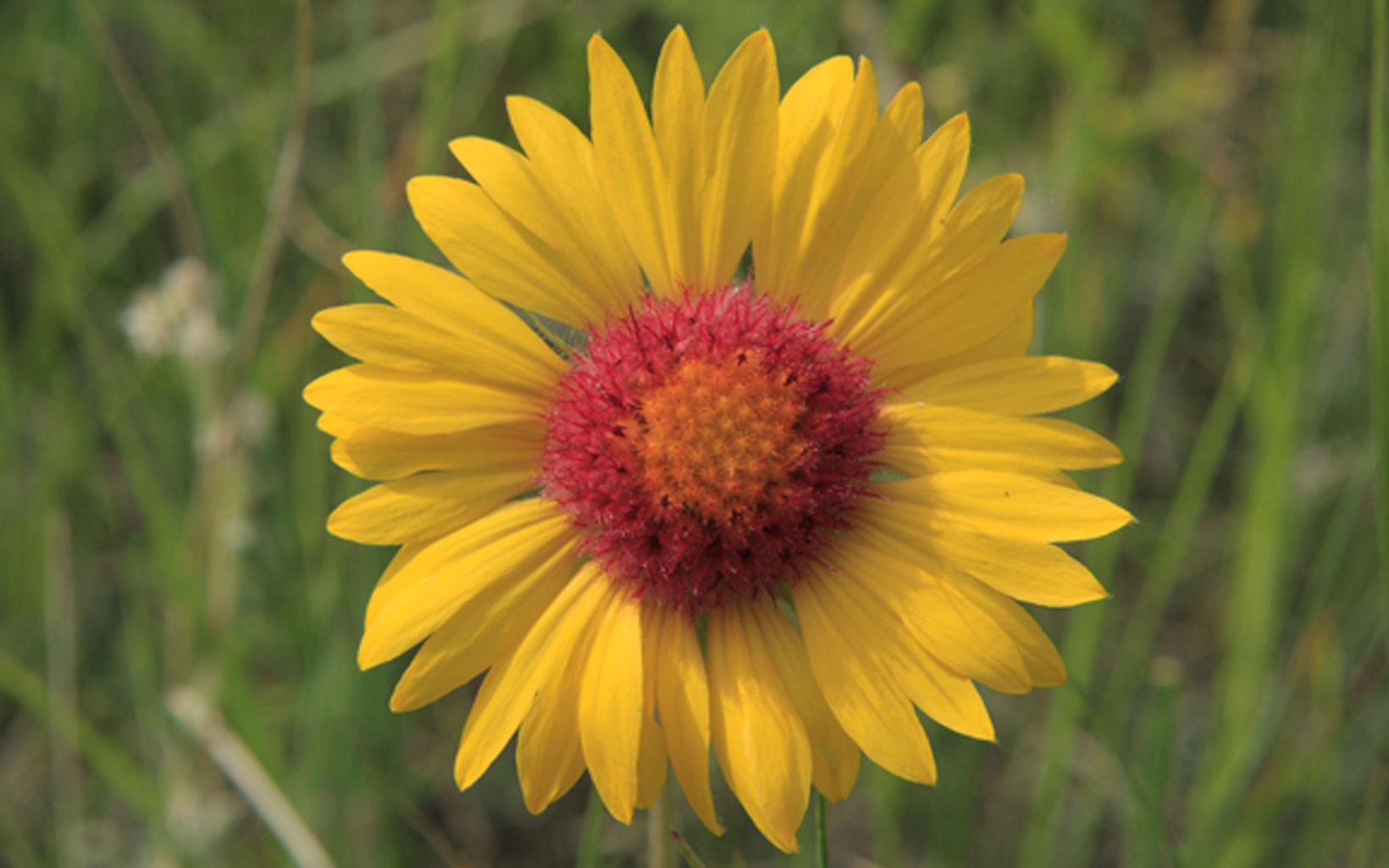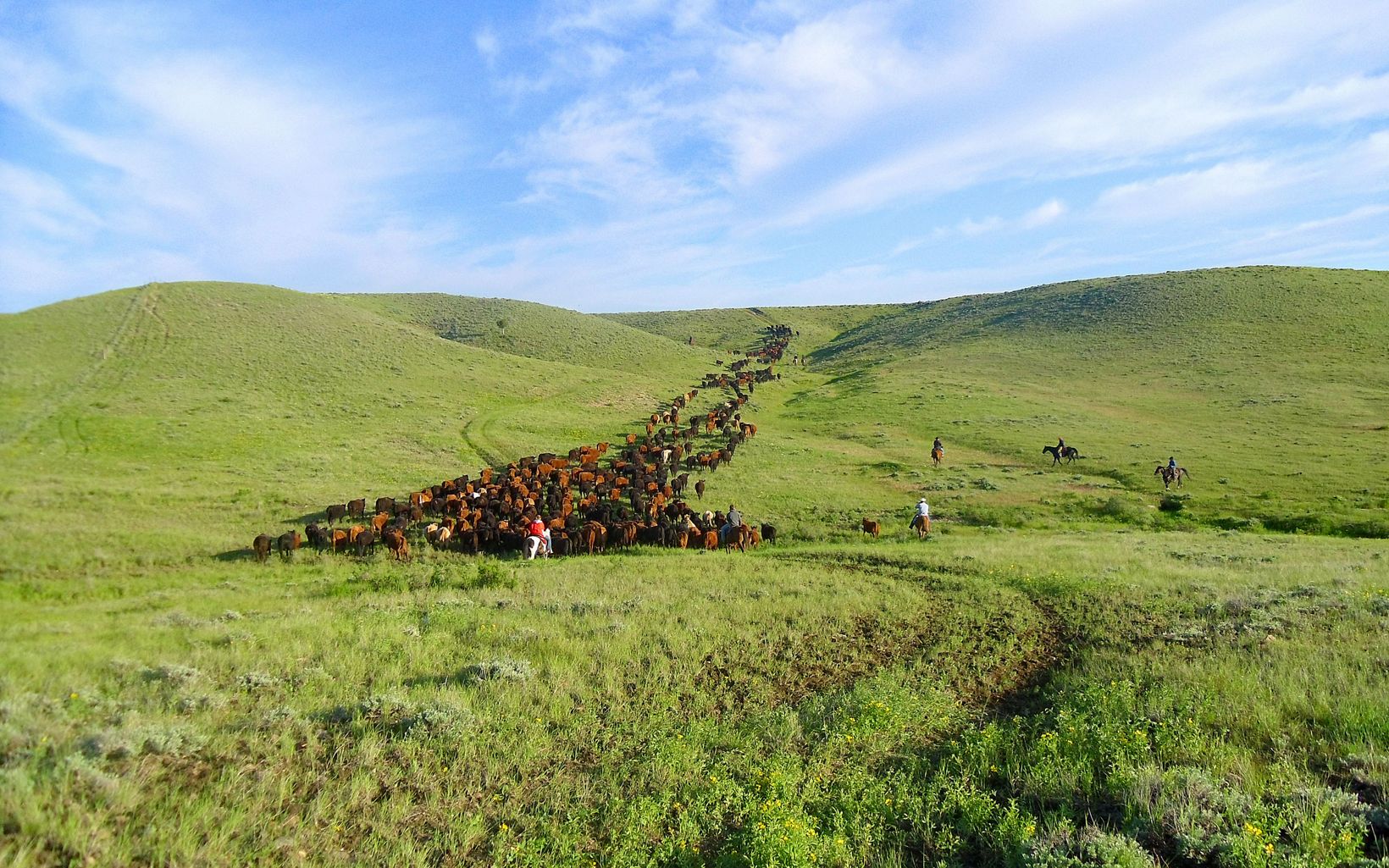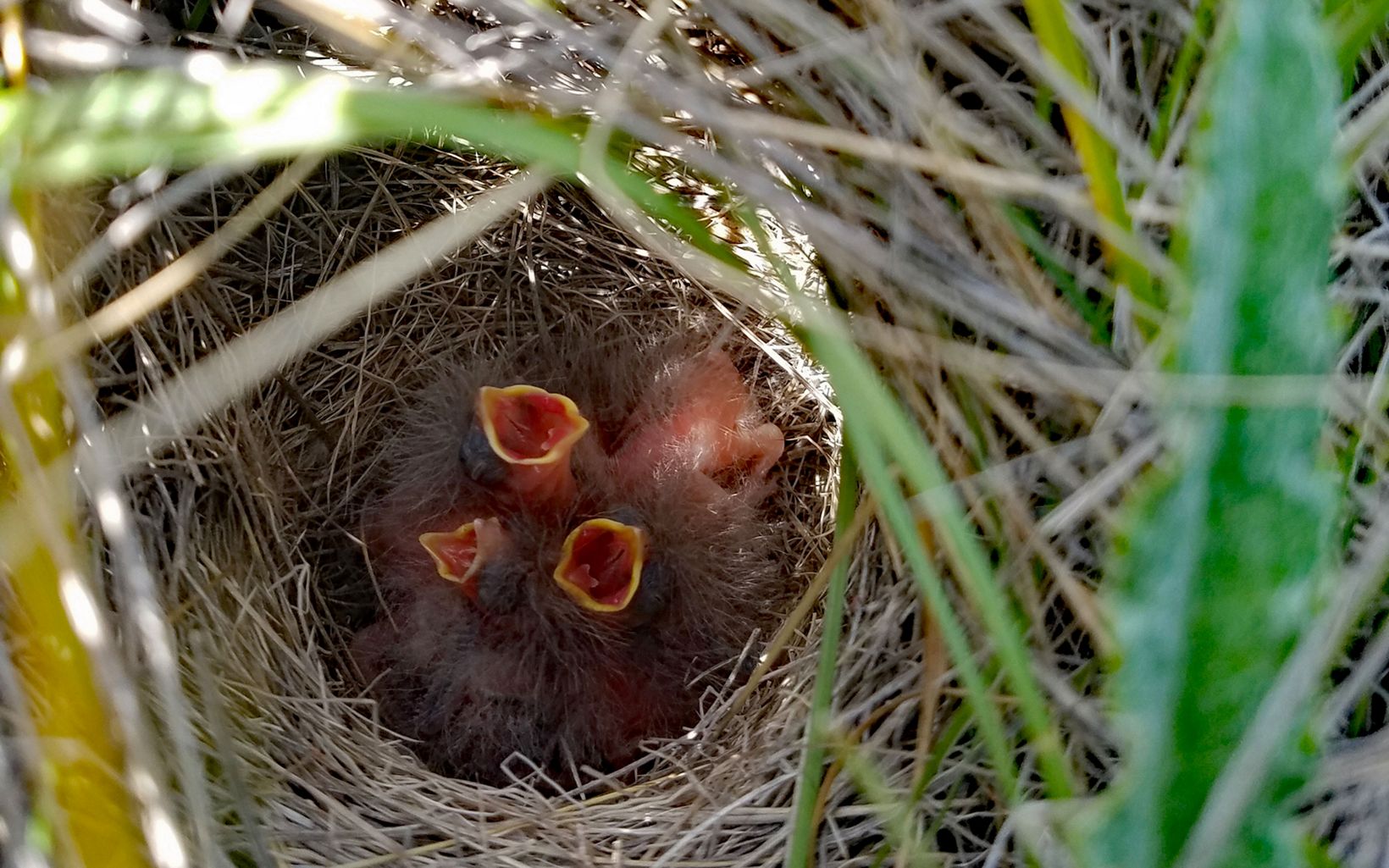“My grandfather referred to it as the desert claim,” Curt laughs.
Curt spent his childhood exploring the land with other ranch kids. Curt says there were a lot more of them back then. His favorite memories all involve exploring the outdoors.
“Going down to the creek and playing with the tadpoles, catching frogs, looking for arrowheads, finding tipi rings, building forts, playing in the creeks,” he said. “It was a great way to grow up.”
Grassland birds, deer, elk, pronghorn, raptors, amphibians, and reptiles live in this semi-arid landscape and Curt was well-acquainted with all of them. While many people overlook the great diversity of the grasslands, those who grow up on the prairie, have a keen eye for all the life that makes a home there.
When he was young and doing his ranch chores, these open spaces and soaring birds brought him peace.
“I’d be working outside, sweating like crazy, the heat of the prairie all around, but then I’d look up and see red-tail hawks.
They’d screech and you’d get lost in that sound and the majesty of it, and your mind is allowed to wander.”
Although Curt enjoyed ranching, after college, he opted for a life in Bozeman. But he remained connected to the land and to the community, eventually inheriting about 680 acres of the ranch. He remembers his grandfather taking sheep out there and spending his summers in a sheep wagon.
Right away, he decided to put a conservation easement on the property. The easement would prevent subdivision and development of the land and ensure that it remained in agriculture and benefited the local community.
But Curt wasn’t interested in being an absentee landowner.
“We wanted to keep it local, not in the hands of an outside owner who’d block it off as a private hunting preserve.”
“TNC wasn’t looking to own this land,” said Brian Martin, TNC’s Grassland Conservation Director, “but we thought it would be perfect for the Winnett ACES.”
ACES – Agricultural and Community Enhancement and Sustainability – is a locally-based ranching collaborative focused on sustainable rural communities and land management in central Montana.”
With a bit of creative thinking, Brian and Curt came up with a plan. First, Curt donated the land to TNC. After securing an easement, TNC gave it to the ACES.
“It’s in really good shape and we believe it looks a lot like it did when my grandfather acquired it. Donating the property to ACES was a natural thing to do.”
The ACES are still working on a future for the land but want it to provide a place for education and engagement, spreading the word on sustainable ranching.
Curt couldn’t have asked for a better outcome.
“I’m happy to know that this piece of land I was responsible for will continue to support local ranchers and continue to be a productive habitat.”



















